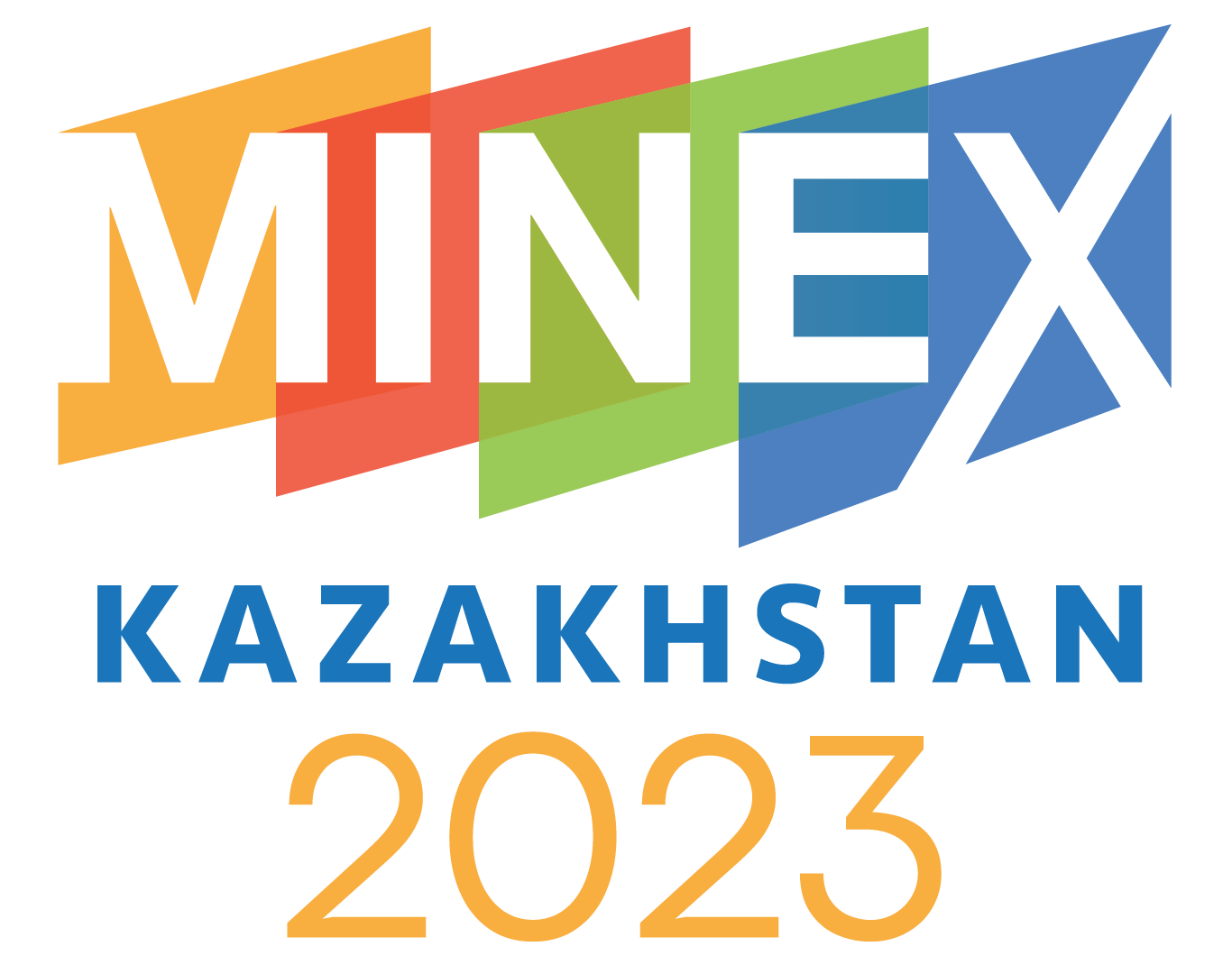
CEO
FARA Systems LLP
Graduated from the Leningrad State University, Faculty of Physics, Department of Earth Physics. Holder of a certified Master of Science degree. Has been working in geophysics since 1995. Specializes in electrical exploration, methods of audio-magneto-telluric sounding (AMTS), and radio imaging method (RIM). Has extensive experience in the field geophysics. Has taken an active part in the construction of hardware and software geophysical systems, and created several complete software systems for various geophysical technologies. Since 1998, he has been involved in the FARA project, and since 2002 he has been its leader. Heads an independent commercial company that develops and manufactures the FARA system and organizes and performs a full cycle of fieldwork. During the existence of the company, more than 500 deep (up to 3 km) surveys by the RIM have been carried out in Canada, the USA, Australia, Finland, and Russia.
Cross-hole radio imaging method with the FARA system
The FARA system is presented, which is an implementation of the Radio Imaging Method (RIM). Over the twenty-five years of its existence, the system has shown itself to be a highly effective tool for the search and exploration of ore deposits. Verification drilling has repeatedly confirmed the results of using the system. Since 1997, the complex has been used in Canada. Clients include two of the world's largest nickel producers, Glencore and Vale.
In 2002, the complex began to be used in the exploration of one of the largest copper-nickel deposits of the last century - Nickel Rim in the Sudbury area.
Features of the FARA system:
• Reading during the movement of the downhole probe
• Simultaneous data reading for several frequencies
• Ability to work in a wide range of depths and distances between boreholes
• Ability to register both amplitude and phase characteristics of the signal
• Two-stage quality control system for field materials
The practice of two-sided reading helps to acquire two sets of data, resulting in two independent cross-hole sections. Their similarity guarantees the quality and reliability of the result. The unique hoisting system helps to take readings at the high moving speed of the probe, which is the key to the high economic efficiency of the FARA system as a whole.
